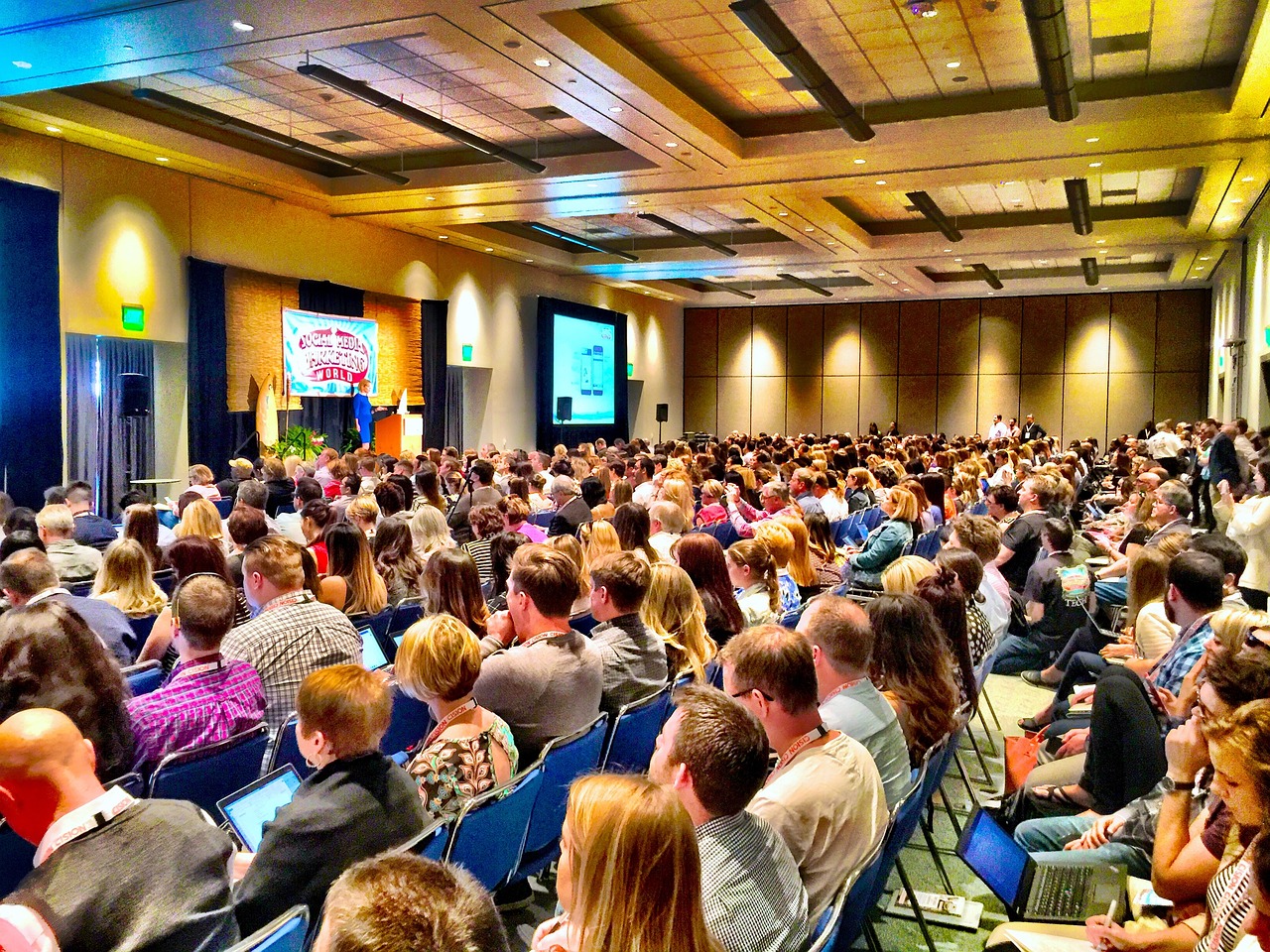Exploring Culturally Responsive Engineering Education Practices
Exposure to diverse perspectives and experiences is an invaluable aspect of engineering education. Cultural diversity not only enriches the academic environment but also fosters creativity and innovation within the field. By embracing different cultural backgrounds, students can learn to approach problems from various angles, leading to more comprehensive and effective solutions.
Incorporating cultural diversity in engineering education also prepares students to work in a globalized world. As technology continues to connect people across different continents, engineers must be equipped with the skills to collaborate and communicate with individuals from diverse cultural backgrounds. By understanding and appreciating cultural differences, students are better equipped to navigate multicultural work settings and contribute meaningfully to global engineering projects.
Challenges Faced in Implementing Culturally Responsive Teaching Strategies in Engineering
One of the primary challenges encountered when attempting to implement culturally responsive teaching strategies in engineering is the resistance to change. Faculty members and educational institutions may hesitate to modify existing curricula or teaching methods, fearing disruption or diminished academic rigor. This resistance stems from a traditional view of engineering education as solely based on technical knowledge, rather than acknowledging the value of integrating cultural perspectives.
Additionally, the lack of training and resources for educators poses a significant hurdle in effectively incorporating culturally responsive teaching strategies in engineering. Many instructors may not have the necessary expertise or support to navigate diverse cultural dynamics within the classroom. Without proper training and resources, educators may struggle to adapt their teaching approaches to be inclusive of various cultural backgrounds, leading to a disconnect between the curriculum and the students’ experiences and perspectives.
• Resistance to change among faculty and educational institutions
• Traditional view of engineering education as solely technical
• Lack of training and resources for educators
• Instructors may not have necessary expertise or support
• Struggle to adapt teaching approaches to be inclusive of various cultural backgrounds
Strategies for Incorporating Cultural Perspectives in Engineering Curriculum
Including cultural perspectives in engineering curriculum is imperative in preparing students for an increasingly diverse global workforce. One strategy is to incorporate case studies that highlight engineering achievements from various cultures, showcasing different approaches to problem-solving and innovation. By studying these examples, students can gain a broader understanding of how cultural perspectives shape engineering practices and outcomes.
Another effective approach is to invite guest speakers from diverse cultural backgrounds to share their experiences and insights in engineering. This not only provides students with a more inclusive perspective on the field but also exposes them to different ways of thinking and problem-solving. Such interactions can help students develop a greater appreciation for cultural diversity and its impact on the engineering profession.
Why is it important to incorporate cultural perspectives in engineering education?
Incorporating cultural perspectives in engineering education helps to prepare students to work in diverse global environments, promotes inclusivity and diversity in the field, and encourages innovative problem-solving approaches.
What are some challenges faced in implementing culturally responsive teaching strategies in engineering?
Some challenges include resistance to change from traditional teaching methods, lack of awareness or understanding of the importance of cultural perspectives, and the need for faculty training in incorporating cultural perspectives into the curriculum.
What strategies can be used to incorporate cultural perspectives in engineering curriculum?
Strategies include integrating diverse case studies and examples into the curriculum, providing opportunities for students to engage with diverse perspectives, incorporating cultural competency training for faculty, and creating a supportive and inclusive learning environment for all students.







